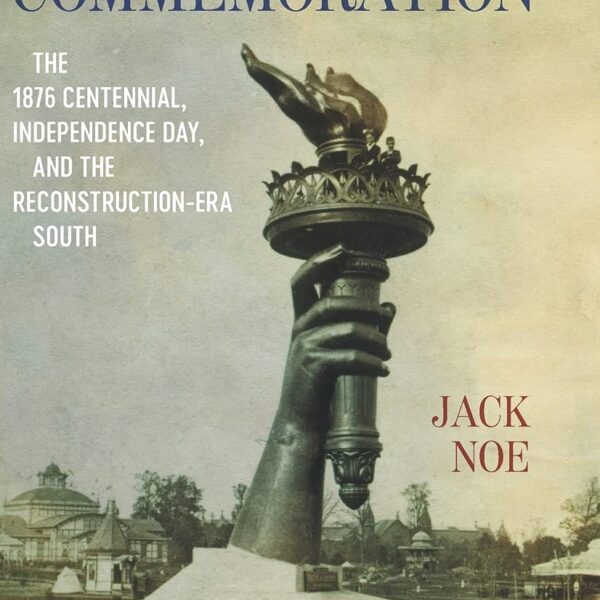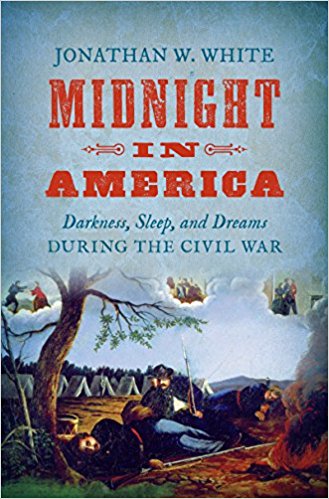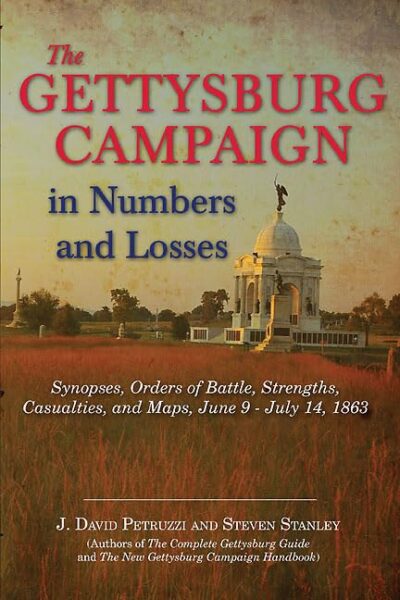The Civil War was fought over the future of the continental West. Would conquered territories of indigenous people be cultivated by enslaved Africans, or exploited by white immigrants? It is no surprise that this conflict would reach into the western lands of indigenous nations. What is surprising is the dearth of scholarship of the American Civil War in Indian Country. Caught in the Maelstrom is one of several new works centering Indian territories in the historiography of the American Civil War.
In Caught in the Maelstrom, Clint Crowe writes a classic battle history. This work outlines the goals and challenges of the Union and the Confederacy in the region and clarifies debates over Opothleyahola’s retreat that have been unresolved for decades. The book lays out the corruption and politicking within the Union Army that increased the suffering of Indian refugees. The work details many military actors over the course of the war, examining the ambition, politics, and military experience of each. Maelstrom is a welcome addition to the aging scholarship of the Indian Territory. This book will no doubt be a useful reference to scholars writing about the region.
Caught in the Maelstrom begins by setting up the factionalism that divides the Creeks and Cherokees during and after Removal, the secret societies that prevailed in the pre-war years, and the alliances that Southern Indians created with the Confederacy. Crowe then turns to the secret societies within the Cherokee nation: the Keetoowahs and the Knights of the Golden Circle. The Keetoowahs were heavily influenced by anti-slavery missionaries and promoted “traditional” Cherokee governance and culture. Conversely, the Knights of the Golden Circle were a southern society promoting the rights of slave owners and the expansion of slavery into the west.
Crowe does an excellent job clarifying the positions of the pro-Union and pro-Confederate factions in both the Creek and Cherokee Nations. They sought to secure their sovereignty and the stability of their communities. Pro-Union Indians felt that to side with the Confederacy would forfeit their annuity payments and the federal protection from plains Indians on their western territory. Pro-Confederate Indians argued that the federal government had already failed to fulfill their side of the removal treaties and that the Confederate treaties offered better terms. Ultimately, the determining factor for the Creek and Cherokee leaders was the withdraw of federal troops from the Indian Territory.
Crowe focuses on the actions and ambitions of the Confederate and Union armies, making it mostly an account of the white men that led military campaigns within the region. He beings with “Opothleyahola’s Revolt,” the first major fighting in Indian Territory occurring from the fall of 1861 through the winter of 1862. Crowe’s careful reading of the historical record settles the long-debated issue of where these battles took place. As Opothleyahola led his followers out of the Confederate-occupied Creek Nation, he diverted Confederate troops by sending his followers in three separate paths northward. Further, he feigned a westward retreat, doubling back north and east toward the Cherokee Nation. Confederate troops skirmished with pro-union warriors at several locations before finally engaging in a series of serious battles to prevent them reaching Union territory in Kansas.
Crowe also demonstrates that previous scholarship misidentifies the actions (or inaction) of Cherokee soldiers at the Battle of Pea Ridge in 1862. Crowe argues that the reticence of Cherokee warriors to place themselves in the line of fire during battle was not cowardice, but rather loyalty to the Union and pro-Union elements of their own nation. Crowe points out, these same soldiers fought passionately for the Union once they found the chance to change sides.
The remaining chapters detail each of the battles that engaged the Union and Confederate armies in and around Indian Territory. Crowe pays attention to the personal ambitions and petty in-fighting that occurred within the ranks of both armies, and how those effected the course of the war. The Confederates under Brigadier General Albert Pike tended to see the Indian Territory as a strategic location from which to defend Texas, Arkansas, and Louisiana. They believed it would serve as a region from which to wage invasion into Kansas and southern Missouri. On the Union side, Senator James Lane and Brigadier General James Blunt viewed Indian Territory as a trove of livestock from which they could feed soldiers and refugees-while making personal profit. Lane and Blunt also recognized the strategic potential of Indian Territory, but they were less successful in convincing the federal government.
Caught in the Maelstrom is a detailed and well researched battle history of the Civil War in Indian Territory. It will prove to be a useful resource for scholars of this region. Its strength is the thoroughness with which Crowe examines the military actions and officers that commanded them. Crowe engages innumerable correspondences, making sense of the chaotic and constantly changing bureaucracies of both the Federals and Confederates.
Its weakness is that it does not focus enough on the Indians’ point of view on the war, slavery, and race. Further, Crowe replicates the outdated terms “mixed-blood” and “full-blood” when referring to political factions. These identifications connote that race determines behavior, an idea that was common in the nineteenth century. But factional differences were not racially determined. Both Ross and Stand Watie were mixed-race, yet they led opposing coalitions. Samuel Checote, a Confederate Creek, had no European ancestry while Opothleyahola, the Unionist, did. There is no evidence to suggest that factions were divided by race. Rather, they were divided by town affiliation and beliefs about the best course of action to protect their sovereignty.
Overall, Caught in the Maelstrom adds to the scholarship of the Civil War and Indian Territory by clarifying the objectives of white Americans and white Confederates in the region. It will no doubt be a vital manuscript for those studying the Southeastern Indians in the post-Removal era. Certainly, it demonstrates that the Indian Territory is a fertile field for future research.
Carrie Fudickar is a Ph.D. student specializing in African-Creek history in the Department of History at Indiana University.




